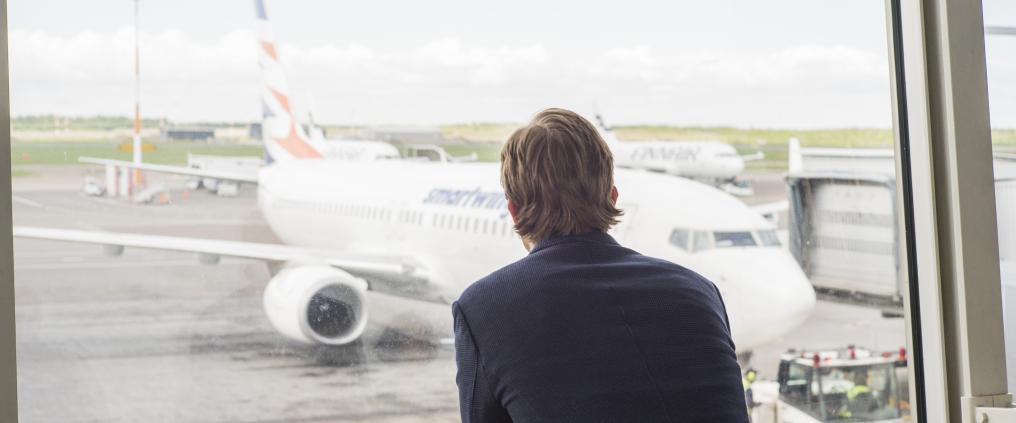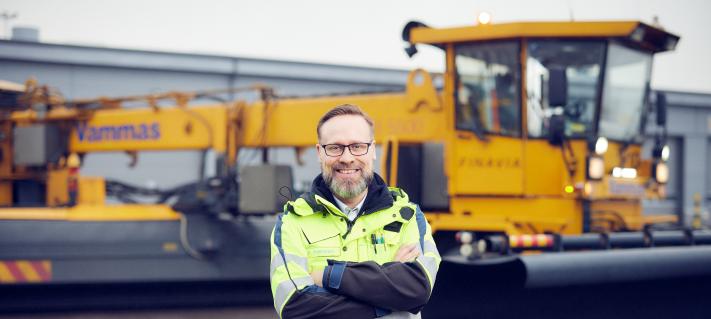A Finnish pilot, Tapio Siivola, who makes videos for his YouTube channel “Tapio on the move,” flies over 600 flights per year on average. His videos about a pilot’s everyday life are a source of weekly entertainment for his more than 50,000 subscribers.
We asked Siivola to answer some of the most typical questions passengers have about flying.
1. Can a passenger plane fly with just one wing or upside down?
“An airplane cannot stay in the air with just one wing. Both wings are necessary to provide enough lifting power for the plane to stay in the air. Flying upside down, on the other hand, is theoretically possible, but the settings that protect a passenger plane would make it awkward and unnecessary.”
2. Why do planes fly in an altitude of ten kilometres?
“Air density decreases at an altitude of 10 kilometres, which makes it faster for a plane to reach its destination. The airplane then consumes less fuel, which makes flying at that altitude a more sensible option economically as well.”
3. Which of the following causes the most damage to a passenger plane: a lightning strike, a hailstorm or a bird strike?
“I have flown in a thunderstorm, but I have never experienced a lightning hitting the plane. I still think it causes the least damage out of the three options. Hailstorms can be vicious if they break the plane’s windshield or worsen visibility. They can also cause dents and harm the aircraft’s aerodynamic qualities. Birds don’t survive the strikes, unfortunately. In those cases we simply wipe the blood stains off the plane, but birds aren’t dangerous to passenger planes.”
4. Can a passenger plane run out of fuel during a flight?
“There is always plenty of fuel in regard to the actual need. Officially, there has to be enough fuel for the flight route from A to B but also enough for backup airport C, after which there needs to be enough fuel for another half an hour of flying. The needed amount of fuel for the Helsinki–Stockholm route, for example, is 1,200 litres, but the actual refuelled amount is 4,000 litres.”
5. Do pilots sleep in the cockpit?
“Some pilots tend to use their own designated resting area during longer flights. Some airlines even instruct pilots take turns in napping during flights. On flights within Europe we tend to stay awake the whole way through as there is a lot going on in the cockpit, and we really don’t have any time to sleep!”
6. Why do planes make rounds in the air before landing?
“We always turn the plane towards the wind as it slows down the planes and shortens the trip needed for the plane to stop. Air traffic control decides the landing direction and the headway of planes landings. They might have a target of getting for example 20 planes to land in an hour. Planes sort of stand in line for landing, and this is also why they make extra turns in the air before landing. “
7. Is it ok to clap or give a round of applause after a smooth landing?
“The applause seems to be a tradition that is gradually dying out now that the glamour of flying has begun to fade and people are more experienced as passengers. I know some pilot colleagues who find it funny that someone would applaud them for their expertise – something that shouldn’t be that special. Nowadays, I don’t hear people giving applause that often, but I personally find it to be a cute gesture. You may applaud.”
Check out Tapio’s previous videos in collaboration with Finavia (in Finnish):
Flight story: Helsinki Airport winter maintenance
Behind the scenes: Helsinki Airport apron



